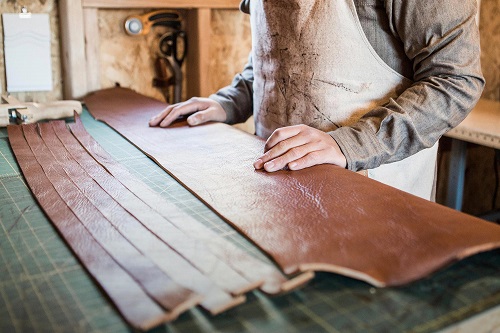24 September 2021
People who buy leather products want to feel assured that their choice of materials and products is the right one; sustainable for people and planet alike. Increasing social consciousness and environmental activism are placing the ancient art of leather making under scrutiny. Are the animals from which the hide is used treated well? Are the people who produce the leather treated fairly? And are the tanners and manufacturers doing everything with the environment in mind? Report by One 4 Leather.

The European leather industry is actually at the forefront of the conversation and innovation towards lower impact and circular practices. It’s closely involved in advancing legislation, safe and healthy practices, and strives for traceability and guarantees of high standards in animal welfare.
Leather making: the inception of waste management
Leather is considered a luxury material, yet not a single animal is raised for its hide. There’s no economic sense to it as all leather is produced from meat industry by-products. Historically, it’s always been this way and leather precedes the concept of recycling (and to this day leather is recycled itself). The hides are there, easily available. Even if everyone would stop eating meat today, the global pile of hides still available would constitute an overwhelming amount of waste. If not for leather making, it would all go into landfills or get incinerated and be replaced with plastics.
To be clear, according to the FAO (2016), we are talking about 6,5 billion kilograms of bovine hides. And we can add about 0,8 billion kilograms of sheep and goatskins to this pile. ‘A lot’ would be an understatement.
Unlikely champions of animal welfare…………to read the rest of this article, click on Leather under Environmental Scrutiny

使用條款 | 隱私政策 | APLF 可持續發展